Avoid the October Surprise

You may or may not know the term "October Surprise" in the American political jargon scene on how it influences the Presidential Election outcome. That particular definition we will leave to the conspiracy theorists.
Many of you who know me have heard me use this term as it relates to a roofing company's surprise in October when they found out they were not making the money they were anticipating in the prior three quarters. Profits or expected profits quickly erode and can even move to the red before your very eyes. I have seen this happen to many good companies over the years, and sadly enough, some have repeated this trend till their final demise of bankruptcy. The good news is that the "October Surprise" is avoidable, but first, you need to understand some of the most common causes before you can implement your plan to prevent this financial pitfall.
Below are just a few of the possible causes, but these are the primary six when it comes to profit erosion and will keep you from growing your roofing company into the successful vision you started with.
- Not knowing your real overhead costs, break-even point, or calculating gross profit correctly.
- Poor estimating practices.
- Loading up with low-margin work throughout the year (Feed the machine mentality).
- Constant and severe monthly overbilling without accounting for it with a monthly work-in-progress review.
- Under billing and low collections.
- Poor or lack of job cost tracking
A professional such as an accountant or specialized business consultant is a great place to start in assisting you with calculating your overhead costs and break-even point. However, you should still know these terms and how they are calculated.
Overhead expenses are all the costs of operating your business except for direct labor, direct materials, and direct expenses to complete a job.
The break-even point is the point at which cost or expenses and revenue are equal. If you were to sell a project at this price, you are covering your business operation costs without making any money for the work you are performing.
The profit margin is frequently confused with markup.
Example: If you need a gross profit of 25% to cover your overhead and to make a net profit of 5%, then you must divide your break-even sell price by .75. Marking the price up by 25% through multiplication will cheat you out of the gross margin you need to stay profitable.
A successful and profitable project starts with the estimate. Make sure you hire a great estimator, not just a good one, and you allow them the time required to prepare a proper estimate of what it will take to complete each project. There is a difference between a good estimator and a great estimator. The difference is in 2 areas: knowing what jobs are right for your company to pursue and the second is in the details. Never assume, never throw money at something, and never guess.
While high volume and low margins may work well for the retail and big-box trade, it is a hazardous and sometimes deadly model for the roofing contractor. Concentrate more on increasing your margins and keeping your costs low, and you will get better returns for your effort.
Overbilling is great for cash flow, but you need to make sure you have an understanding of the costs you will spend in the following month to complete the project. By having an accurate picture of where you stand with the profitability of your project as it relates to the cost to complete.
A much worse scenario than overbilling is under billing and poor collections. There is nothing that will shut you down quicker than running out of cash. Make sure you bill on time and have someone in your company responsible for promptly collecting what you invoiced.
Job costing allows managers to compile actual costs and compare them to budgeted costs while the project is underway, not after it has been completed. You should use field reports that show how much work remains to be done on a project, and job-costing software can look at how much money already has been spent and project the final overall cost. With access to this up-to-the-minute information, contractors can immediately see which prices have fallen out of line. This gives managers time to make adjustments before the project costs are out of control. Without job costing, a roofing business owner operates blindly and has nothing but assumptions to rely on in identifying his company's strengths and weaknesses. That's a dangerous way to run a business, particularly a roofing business.
You may be one of the best roofers, but you must educate yourself on your business's operational mechanics to make money. You can gain a great resource of knowledge on operating your business by networking with your peers and seeking the advice of a professional.
John Kenney has over 45 years' experience in the roofing industry. John started his career by working as a roofing apprentice at a family business in the Northeast to operating multiple Top 100 Roofing Contractors. As Chief Operating Officer, John is intimately familiar with all aspects of roofing production, estimating, and operations. During his tenure in the Industry, John ran business units associated with delivering great workmanship and unparalleled customer service while ensuring strong net profits for his company prior to joining Cotney Consulting Group. If you would like any further information on this or another subject, you can contact John at jkenney@cotneyconsulting.com
